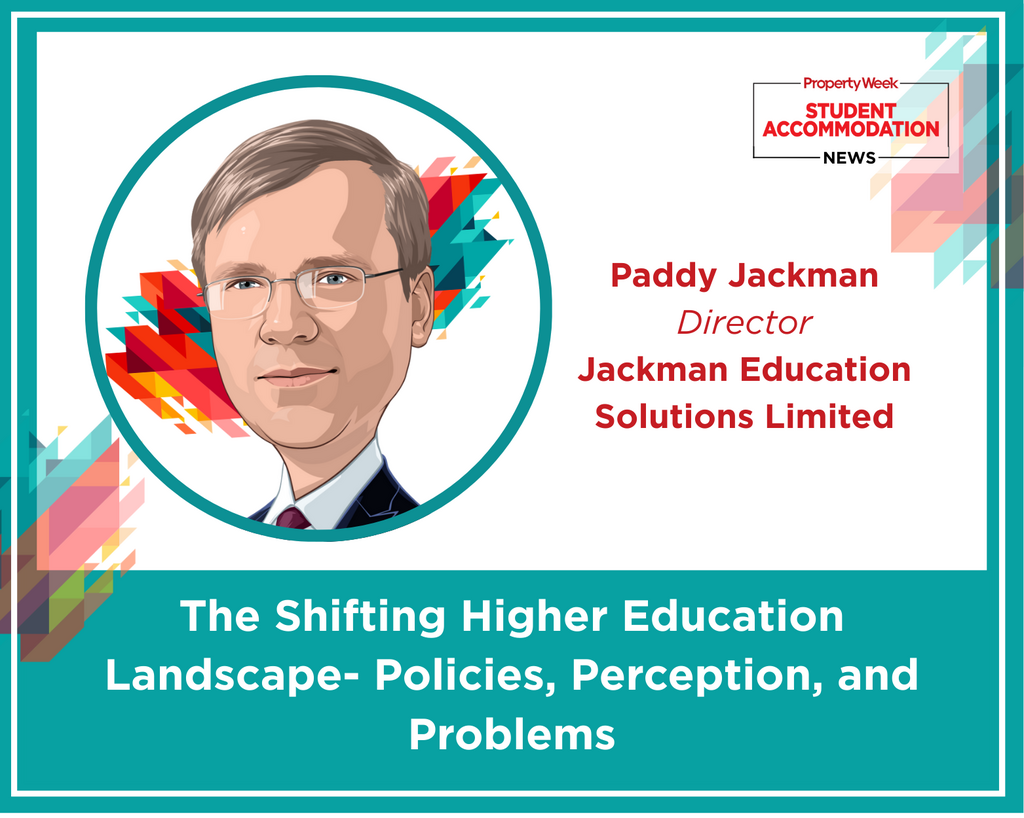
The Shifting Higher Education Landscape- Policies, Perception, and Problems
As Universities UK prepare to release new research on public perceptions of higher education institutions, I will be surprised if results don’t show that all universities are viewed as being very similar. After all primary and secondary schools wherever they are in the country, have a lot in common so surely universities just provide the next level of education in the same manner? Those of us closer to the sector realise that there are huge differences between institutions, but for others this may be less clear. Whereas the person on the street would clearly be able to distinguish differences in, for example, the car manufacturing sector, recognising that the business plan of Aston Martin differs considerably from, say, Kia, universities, in most people’s minds, form a homogenous group with the possible exception of the perception of Cambridge and Oxford, after all they have a Boat Race on TV!
That having been said, the Russell Group clearly retains its position amongst students, and presumably their families, as being the benchmark for quality as evidenced by the dramatic growth in their undergraduate numbers in recent years. Taking UCAS numbers, Higher Tariff Universities (they don’t actually distinguish the Russell Group from a data perspective) have increased their market share from 30% in 2016 to nearly 38% at the same point in the 2025 cycle.
Clearly there is demand for places at such prestigious institutions, but the question must be asked that following their recent dramatic expansion, how much larger they can get without diminishing their great student experience or indeed academic standards. Some might argue that the thresholds for both have already been lowered. But as someone once said “for every winner there must be a loser” so as high tariff participation rates increase, medium tariff have remained relatively flat with low tariff institutions facing a decline from 37% to 30% over the same period. Now obviously there will be differences within that lower tariff group, but a 7% overall fall in that segment is significant, especially when facing an increased cost base.
In a recent article in Times Higher Education, Graham Galbraith, Vice-Chancellor of the University of Portsmouth, who has previously spoken at the Property Week Conference on Student Accommodation, cautioned that higher-tariff universities are again taking a larger proportion of students and that they are “growing in an unsustainable manner”. He went on to say, “If we allow this instability, where the higher tariff institutions are frankly filling their places to make up for a shortfall of international students, the long term is that it takes out other parts of the sector.”
There is clear evidence that this flight to quality is also replicated within the international student market, with a position in the world’s top 100 universities now determining, to a great extent, success in recruitment, particularly from China. Early numbers would suggest there is positive news around the recruitment, in terms of acceptances (they have yet to turn up!) of international undergraduate students for the autumn 2025 wave, but again the current data suggests that whilst Higher Tariff universities are seeing significant growth, particularly from China, Middle and Lower tariff universities may see little positive movement or indeed a downturn. A lack of data means the international postgraduate position is less clear.
The current situation in the sector of “the rich getting richer” is slightly ironic given that we have a Labour Government in power. But there again, regardless of one’s political view and the rights and wrongs of the policy, the introduction of VAT on independent school fees appears to have had a similar effect with many smaller schools closing whilst the elite Eton’s, Harrow’s and their equivalents sail on with little impact.
Some experts are beginning to argue that less-selective universities may have to consider new teaching models or mergers, which clearly may have a knock-on impact in relation to the demand for student accommodation. In the same THE article, Mary Curnock Cook, a former chief executive of Ucas, said the “mixed” picture showed lower and medium-tariff providers were experiencing a “tough recruitment market”, particularly given demand from students aged over 21, a traditional market for many such institutions, has fallen.She said “Lower-tariff universities...might need to look at new models of higher education,” and it is of particular note for the PBSA industry that in US higher education, fully online learning is set to outpace fully in-person learning this year.
From a PBSA perspective, identifying opportunities requires now, more than ever, a deep understanding of the strategies of all local universities which may be very different from one another. Pure gross student numbers is no longer a measure of accommodation demand, but opportunities still exist so if you want to learn more join us at Wembley Stadium on December 4th.

